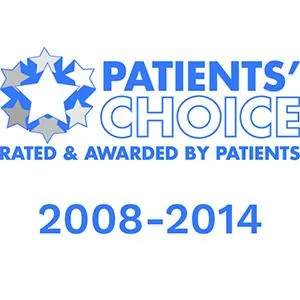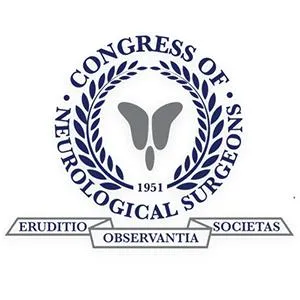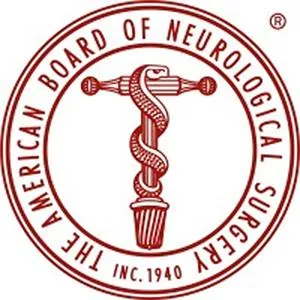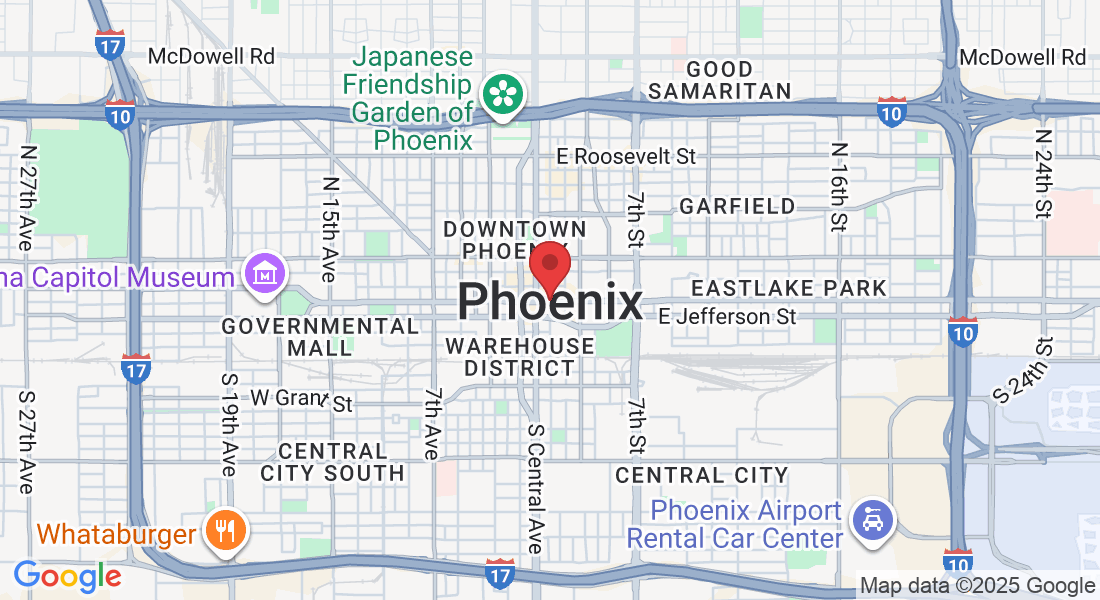Disc Disorders
Annular Disc Tear
Understanding Tears in the Spinal Disc Wall
Spinal discs act as cushions between the vertebrae, absorbing shock and allowing flexibility. Each disc has a tough outer layer called the annulus fibrosus and a soft inner core called the nucleus pulposus. When small tears form in the outer layer, this is called an annular disc tear. At Desert Spine and Pain, we help patients in Phoenix and across Arizona understand and treat this condition. Led by Dr. David L. Greenwald, M.D., FAANS, FACS, one of the nation’s most respected neurosurgeons, we focus on accurate diagnosis, conservative care, and, if needed, minimally invasive surgical solutions.

Over 100 5-Star Reviews!

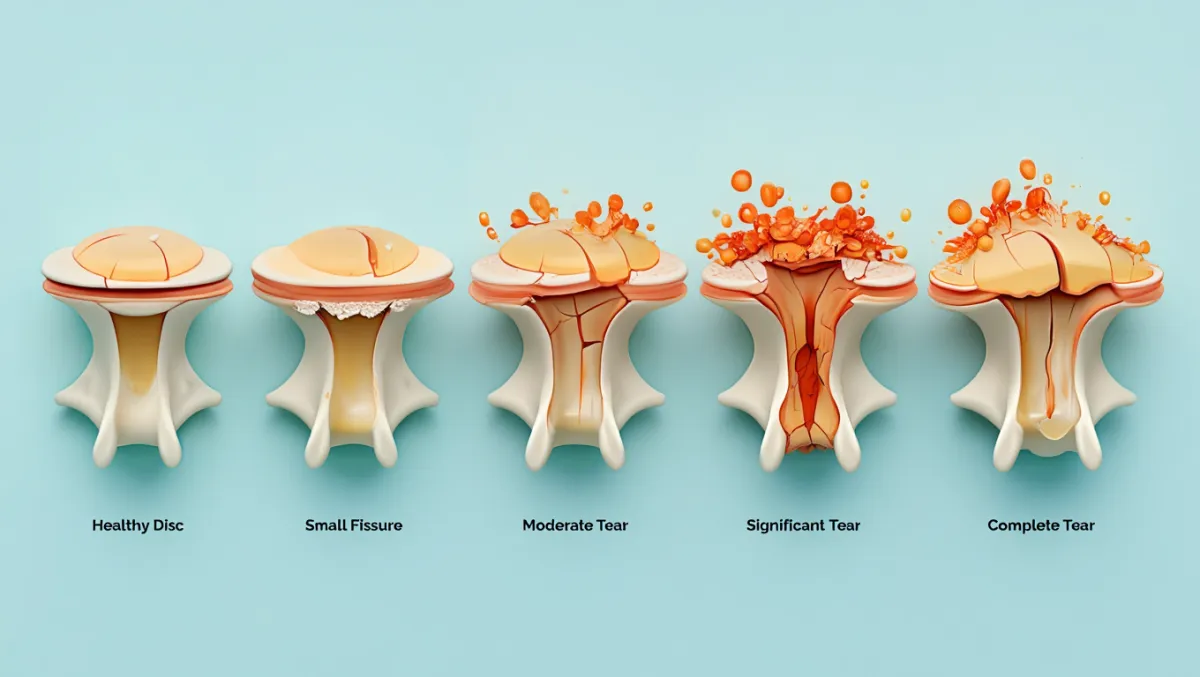
What Is an Annular Disc Tear?
An annular disc tear is a small rupture in the tough outer layer of a spinal disc. Sometimes these tears are painless and only found on imaging. In other cases, they allow the disc’s inner material to irritate nearby nerves, causing significant back or neck pain.
If untreated, an annular tear can sometimes progress to a herniated disc.
Causes and Risk Factors
Aging and degeneration – Natural wear weakens the annulus.
Trauma – Sudden injury, fall, or car accident.
Repetitive stress – Heavy lifting, twisting, or high-impact sports.
Poor posture – Sitting or standing in poor alignment over time.
Obesity – Extra body weight increases disc stress.
Genetics – Family history of spine conditions.
Symptoms of Annular Disc Tear
Localized back or neck pain, often sharp or stabbing
Pain that worsens with bending, lifting, or twisting
Stiffness and reduced flexibility
In some cases, radiating leg or arm pain if nerves are irritated
Episodes of sudden pain that flare and then improve
Not all annular tears cause symptoms, but when they do, they can mimic other conditions such as degenerative disc disease or spinal stenosis.
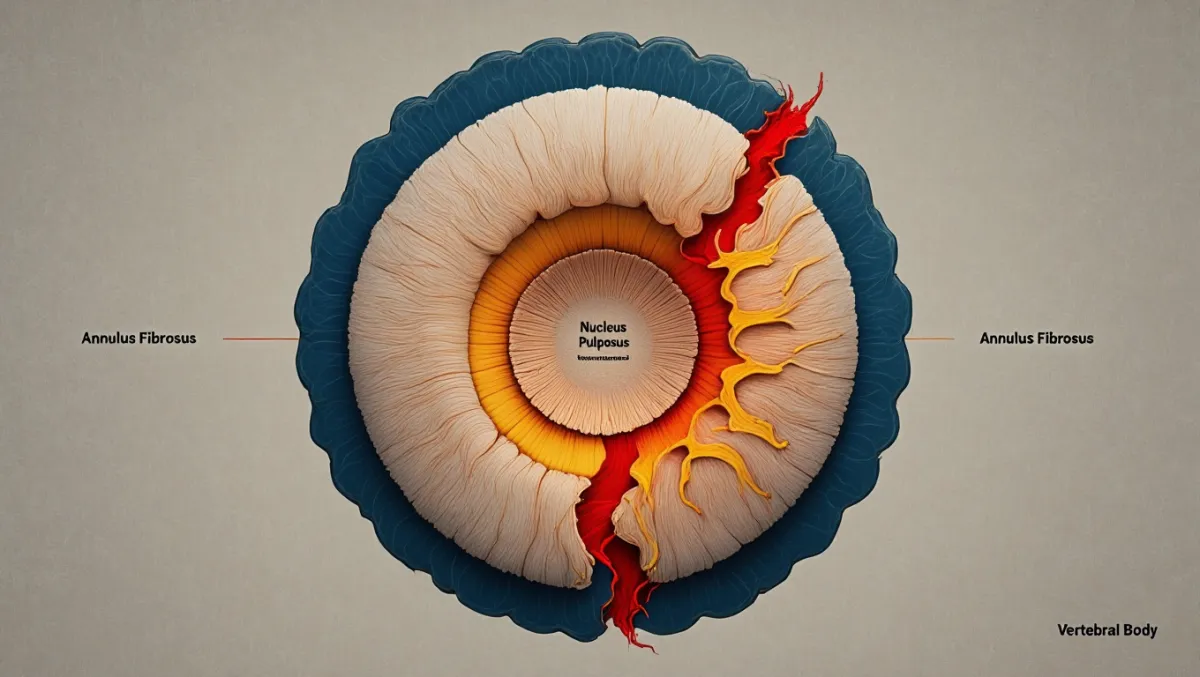
Diagnosis
At Desert Spine and Pain, diagnosis may include:
Medical history and physical exam – To assess pain patterns and triggers.
MRI – The best imaging test to detect annular tears and inflammation.
Discography – A specialized test sometimes used to confirm disc-related pain.
Treatment Options
Non-Surgical Care
Most annular tears heal without surgery. Options include:
Rest and activity modification
Medications for pain and inflammation
Physical Therapy for core strength and posture
Ice and heat therapy
Lifestyle adjustments (ergonomics, weight management)
Interventional Pain Management
Epidural Steroid Injections to reduce nerve irritation
Facet or trigger point injections for localized pain
Surgical Options
If pain is persistent and other treatments fail:
Minimally Invasive Surgery to remove damaged disc fragments
Microdiscectomy if disc material presses on a nerve
Disc Replacement or Fusion for severe degeneration or instability
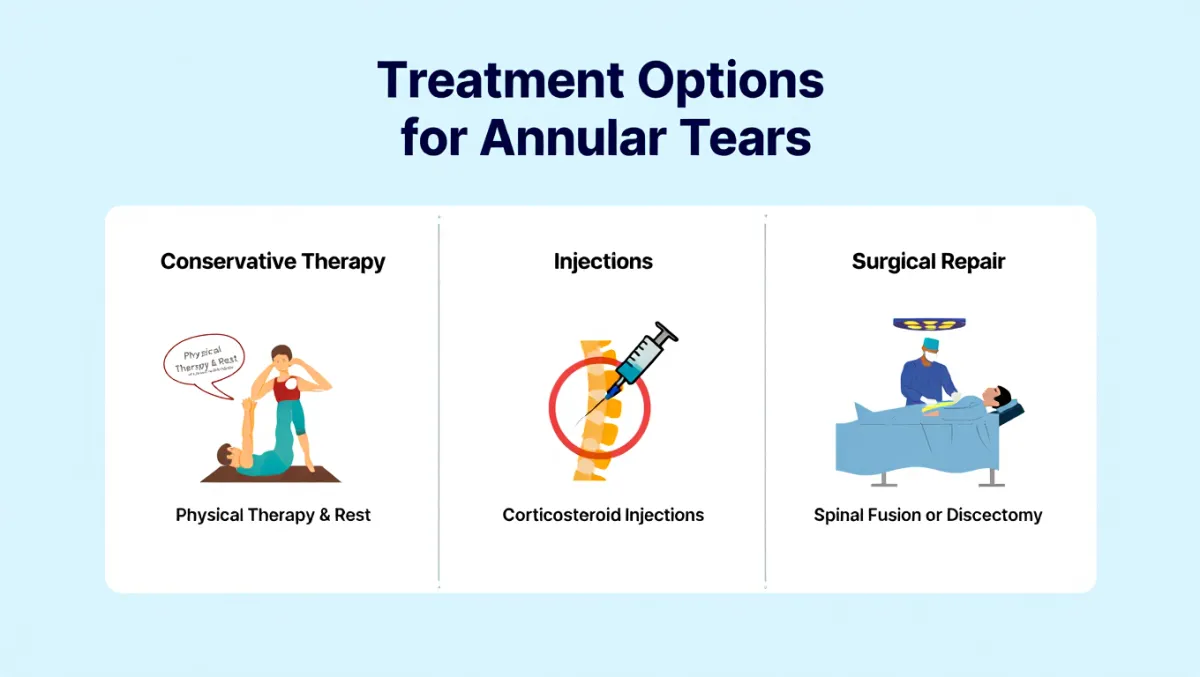
Recovery Timeline
Mild tears – Often improve within 4–6 weeks with conservative care
After injections – Relief may last months and support rehabilitation
After MIS procedures – Most patients resume light activities within 2 weeks; full recovery in 6–12 weeks
Why Choose Desert Spine and Pain?
Nationally recognized neurosurgeon – Dr. Greenwald brings unmatched expertise in disc-related disorders.
Comprehensive approach – From conservative care to advanced minimally invasive surgery.
Conservative-first philosophy – Surgery only when truly necessary.
Compassionate care – We explain your condition clearly so you feel reassured and confident.
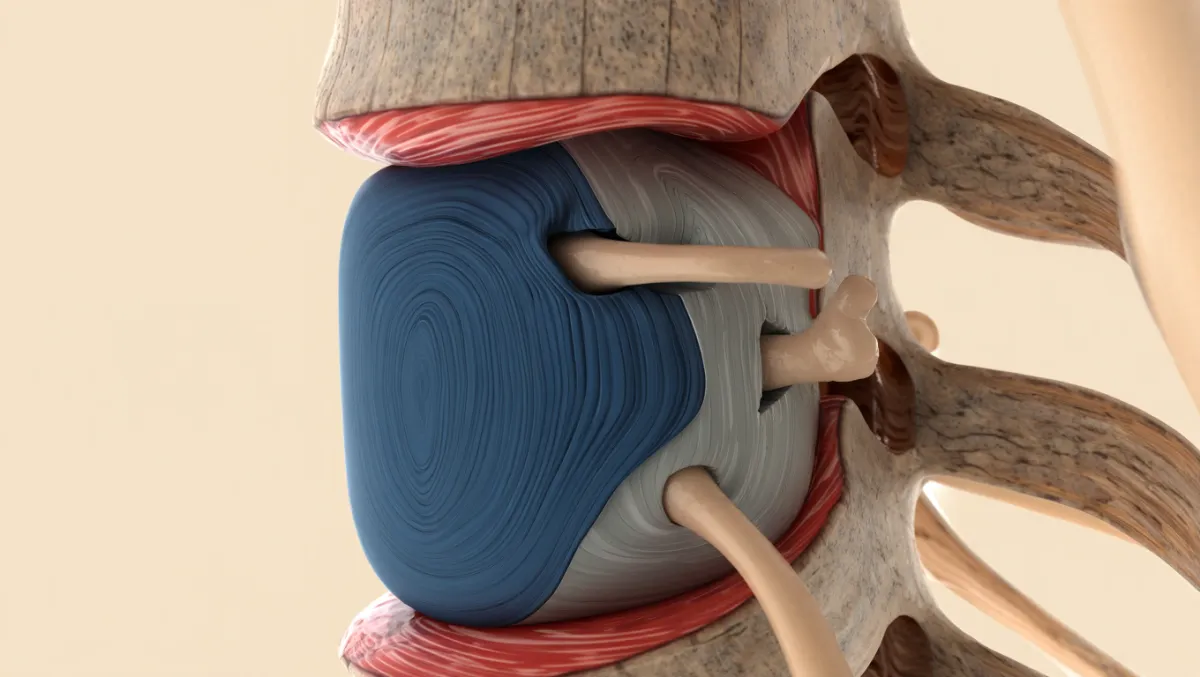
Frequently Asked Questions
Do annular disc tears heal on their own?
Yes. Many small tears heal naturally with rest and conservative treatment.
Can an annular disc tear lead to a herniated disc?
Yes. If the tear enlarges, disc material may leak out, causing a herniated disc.
How is an annular tear different from degenerative disc disease?
Annular tears are small ruptures in the disc wall. Degenerative disc disease refers to overall wear and breakdown of discs.
Do all annular disc tears require surgery?
No. Surgery is only considered if symptoms are severe and persistent after conservative care.
How does Desert Spine and Pain treat annular disc tears differently?
We focus on precision diagnosis, conservative-first management, and advanced minimally invasive surgery when needed — all under the care of Dr. Greenwald.




Dr. David L. Greenwald, MD
Neuro-Spine Surgeon
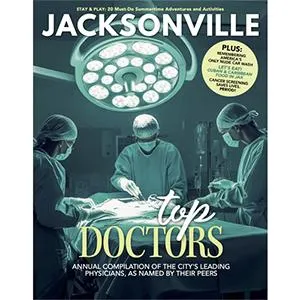

Call Now!
Desert Spine and Pain
A Spine Specialist is standing by.
Relief is just a phone call away!
Available Around the Clock.
Phone: (602) 566-9500
Email: [email protected]
Contact Us

Schedule a Consultation
If you suspect you may have an annular disc tear, taking action early can make all the difference in your recovery. Dr. Greenwald and his caring team will guide you through every step of diagnosis and treatment, focusing on solutions that promote healing and long-term spinal health. Every step you take toward relief brings you closer to moving freely and living without pain. Schedule your consultation today and let us help you begin your journey toward lasting comfort and mobility.

Voted Best Spine Doctor
Over 30 Years Experience in Orthopedic & Neuro Spine Surgeries.

Dr. David L. Greenwald, M.D., F.A.C.S.
Neurosurgeon | Spine Surgeon | Regenerative Medicine
Dr. David L. Greenwald, MD, FACS, is a board-certified spine surgeon with advanced expertise in diagnosing and treating annular disc tears, a common cause of chronic back pain resulting from damage to the outer ring of an intervertebral disc. These tears can lead to inflammation, nerve irritation, or even disc herniation if left untreated. Dr. Greenwald uses state-of-the-art imaging and diagnostic techniques to pinpoint the source of pain and develops customized treatment plans that may include non-surgical therapies, regenerative medicine options, or minimally invasive spine procedures when necessary. His goal is to relieve pain, prevent further disc degeneration, and restore each patient’s quality of life.
Book your Spine Care Consultation Today!


Desert Spine and Pain
Patient Centered & Partner Focused
Quick Links
Resources
Connect With Us
© Desert Spine and Pain. 2025. All Rights Reserved. Sitemap





